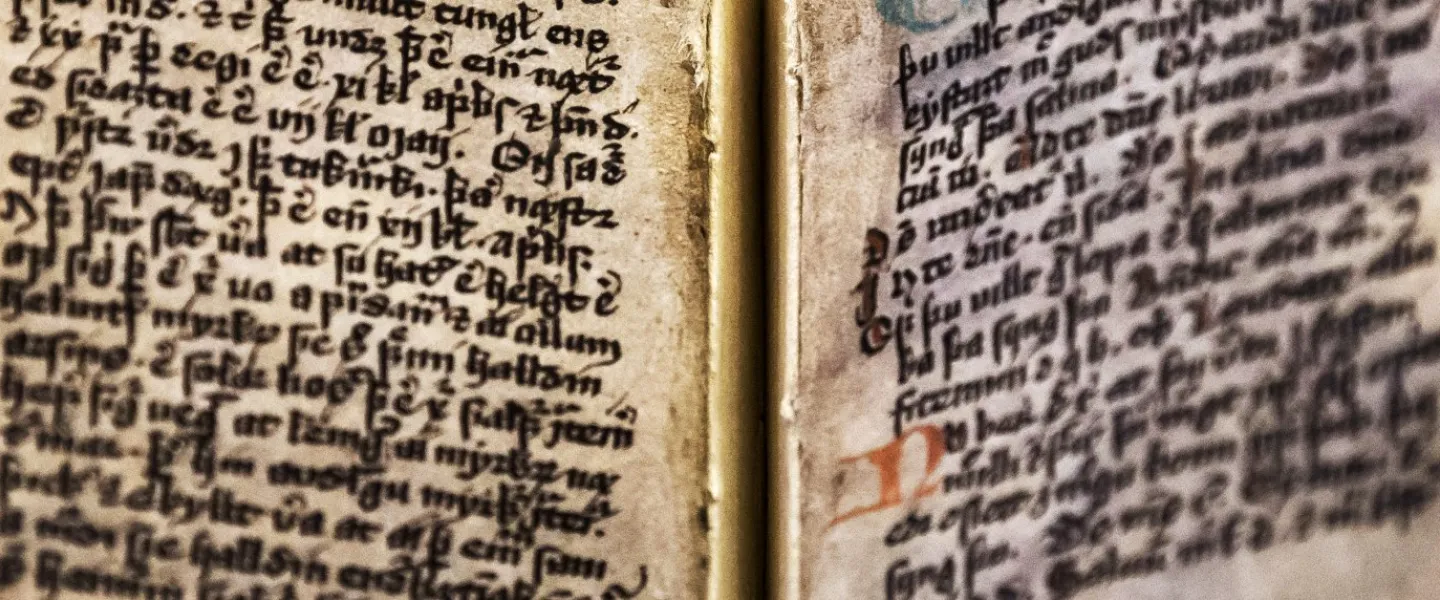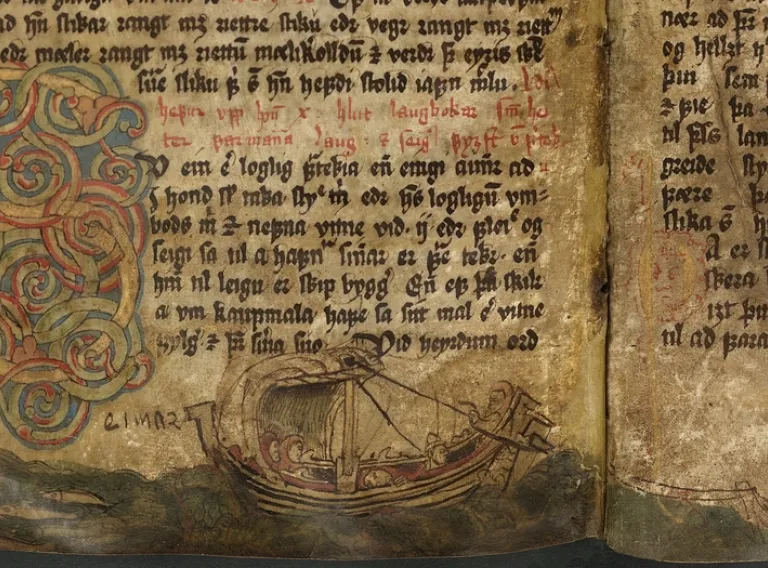
The Cambridge University Press recently published a book on cultural heritage and property by Valdimar Tr. Hafstein, professor of folkloristics at the University of Iceland, and Martin Skrydstrup, associate professor at the Copenhagen Business School. The title of the book is Patrimonialities: Heritage vs. Property.
"We study, among other things, the manuscript issues between Iceland and Denmark, the return of cultural artifacts to Greenland, the Greek's request to the British Museum for the return of the Parthenon Sculptures, the demands of Scottish Nationalist Party for the Lewis chessmen, safeguarding the Kutiyattam Sanskrit theatre in Kerala, Vimbuza healing ritual among the Tumbuka in Malawi, and myriad performances at the Jemaael-Fna marketplace in Marrakesh ... just to name a few," says Valdimar.
"The book is interdisciplinary in character, bringing together contributions from experts in the fields of folkloristics, anthropology, cultural management, and the law. It is based on long-standing research where Martin has focused on the return of cultural artefacts whereas I focus on the preservation of cultural heritage on a global level, the conflict surrounding it, resources, discourse, specialists, and institutional systems. And now we have combined this in a book. As soon as we started on the book we realised our combined efforts revealed new aspects which has given us completely new angles on old subjects."
The collaboration has been extremely rewarding, says Valdimar, but he and Martin met 18 years ago in a Finnish summer school for PhD students when they were both studying in the United States. They immediately realised that their research fields were in sync even though one was studying folkloristics and the anthropology. "The manuscript went so often between us that apart from a handful of pages I can by no means distinguish between his words and mine," says Valdimar.
Valdimar and Martin have previously published two articles on a similar subject and one of them was the inspiration for this book: "The editors from Cambridge University Press approached us and offered the opportunity to develop the rationale in a book. This was an interesting challenge and a great opportunity to both extend our collaboration and deeper examine these thoughts. This is the first book in a new series on Critical Heritage Studies and can be described as a long essay, as it is just over a hundred pages," adds Valdimar.
The manuscripts in a larger context
"Cultural property, cultural heritage, cultural division and cultural appropriation are hot topics these days, not only in science journals but in society in general and all over the world. As recently as last year the Icelandic minister for education, culture and science reiterated Icelandic demands to get Icelandic manuscripts in Danish museums returned to Iceland. The book covers the whole issue of the manuscripts, including this latest manoeuvre, and examines it in a wider context. Another example is Emmanuel Macron's decisive and well-argued statement on behalf of the French authorities that large scale returning of artefacts from European museums to North-Africa should be started as soon as possible. This statement has caused a great stir in the museum world. Ninety-five percent of Africa's cultural artefacts are found outside the continent while 60% of the continent's people are under twenty; when these facts are taken together a terrible cultural rift emerges, cultural amnesia and alienation. Demands for cultural property recall the issues of colonial connections, imperialism and exploitation on behalf of the art market, cultural institutions and science. Wounds caused by this have not healed everywhere, in some places populists exploit the issue; to sharpen the divide between us and them, to stir up voters' emotions and gain followers. These two can go hand in hand. Therefore, it is important to understand what is going on."
